This walk was part of the led by Mycology Workshop Alexander Dogonniuck at the Ned Smith Center for Nature and Art just north of Harrisburg. This workshop covered proper procedures for specimen collection, documentation, identification, and preservation as a first step towards gearing up DCNR and PNHP for fungi inventory and conservation. John Plischke III and Richard Jacob attended the event as members of the Mycologica and Protists Technical Committee. Participants came from Pennsylvania Department of Conservation and Natural Resources and the Pennsylvania Natural Heritage Program. As part of the workshop we collected specimens in the forest behind Ned Smith Center. Although the ground was very dry there were some swampy areas with Hemlocks and other areas with natural seepage that supported some of the smaller species.
There were two species of eyelash cup’s (Scutellinia) found and both needed identification by microscopy. Hypomyces ochraceus has not yet been identified in region where WPMC normally walks but it is one to look out for. There were some dried Calostoma cinnabarina (Stalked Puffball in Aspic) specimens which are only found at a few locations around Pittsburgh. Finally the Amanita daucipes specimens displayed many of the characteristics you would expect from the species including coloration, a “rooting” base and a rooting meat/chlorine aroma.
The Latin name for “coral tooth fungus” has changed over the years and Hericium coralloides will be found as “Hericium ramosum” in many books and, confusingly, Hericium americanum will be found as “Hericium coralloides.”
Walks were lead by Alexander Dogonniuck Richard Jacob, Jerry Hassinger and John Plischke. Species list entered by Richard Jacob. Species identified by the class.
List of species found on the walk at DCNR/PNHP/MAP TC Fungus Field Day:
[icon style=”camera”] Amanita daucipes (),
[icon style=”camera”] Amanita volvata (Volvate Amanita),
[icon style=”camera”] Austroboletus gracilis (Graceful Bolete),
[icon style=”camera”] Bisporella citrina (Yellow Fairy Cups),
[icon style=”camera”] Calostoma cinnabarina (Stalked Puffball in Aspic),
[icon style=”camera”] Chlorociboria aeruginascens (Blue-green Stain),
[icon style=”camera”] Crepidotus applanatus (Flat Crep),
[icon style=”camera”] Daedaleopsis confragosa (Thin-maze Flat Polypore),
[icon style=”camera”] Ganoderma curtisii (),
[icon style=”camera”] Gymnopilus spectabilis (Big Laughing Gym),
[icon style=”camera”] Hericium coralloides (Coral tooth fungus),
[icon style=”camera”] Irpex lacteus (Milk-white Toothed-Polypore),
[icon style=”camera”] Laetiporus sulphureus (Chicken Mushroom; Sulphur Shelf),
[icon style=”camera”] Lycogala epidendrum (Wolf’s Milk Slime),
[icon style=”camera”] Lycoperdon perlatum (Gem-studded Puffball),
[icon style=”camera”] Marasmius siccus (),
[icon style=”camera”] Marasmius rotula (Pinwheel Marasmius),
[icon style=”camera”] Mycena crocea (Walnut Mycena),
[icon style=”camera”] Naematoloma fasciculare (Sulfur Tuft),
[icon style=”camera”] Neofavolus alveolaris (Hexagonal-pored Polypore),
[icon style=”camera”] Omphalotus illudens (Jack-o’-lantern),
[icon style=”camera”] Oxyporus populinus (Mossy Maple Polypore),
[icon style=”camera”] Panellus stipticus (Luminescent Panellus, bitter oyster),
[icon style=”camera”] Perenniporia subacida (),
[icon style=”camera”] Piptoporus betulinus (Birch Polypore),
[icon style=”camera”] Polyporus arcularius (Spring Polypore),
[icon style=”camera”] Russula aeruginea (),
[icon style=”camera”] Russula virescens (Green Russula),
[icon style=”camera”] Scleroderma citrinum (Pigskin poison puffball),
[icon style=”camera”] Scutellinia setosa (Small orange Eyelash Cup),
[icon style=”camera”] Scutellinia subhirtella (),
[icon style=”camera”] Stemonitis splendens (Chocolate Tube Slime),
[icon style=”camera”] Stereum complicatum (Crowded Parchment),
[icon style=”camera”] Stereum ostrea (False Turkey-tail),
[icon style=”camera”] Trametes gibbosa (Lumpy bracket),
[icon style=”camera”] Trametes hirsuta (),
[icon style=”camera”] Trametes pubescens (),
[icon style=”camera”] Trametes versicolor (Turkey-tail),
[icon style=”camera”] Trichaptum biforme (Violet Toothed-Polypore),
[icon style=”camera”] Tyromyces chioneus (White Cheese Polypore),
[icon style=”camera”] Volvariella bombycina (),
[icon style=”camera”] Xerula megalospora (Rooting Collybia),
[icon style=”camera”] Xylaria hypoxylon (Carbon Antlers)
[icon style=”camera”] Xylobolus frustulatus (Ceramic parchment),
From the microscopy work we have a fairly good match to Scutellinia setosa and the larger one that I though was Scutellinia scutellata actually looks more like Scutellinia subhirtella.
Species not currently on clubs life list:
Hypomyces ochraceus
Pholiota sp.
Red Russula species x2
Hypholoma sp.
Mycena sp.
Inocybe sp. x 2
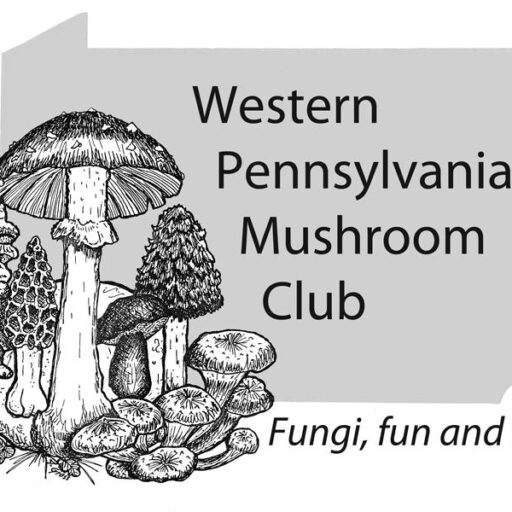
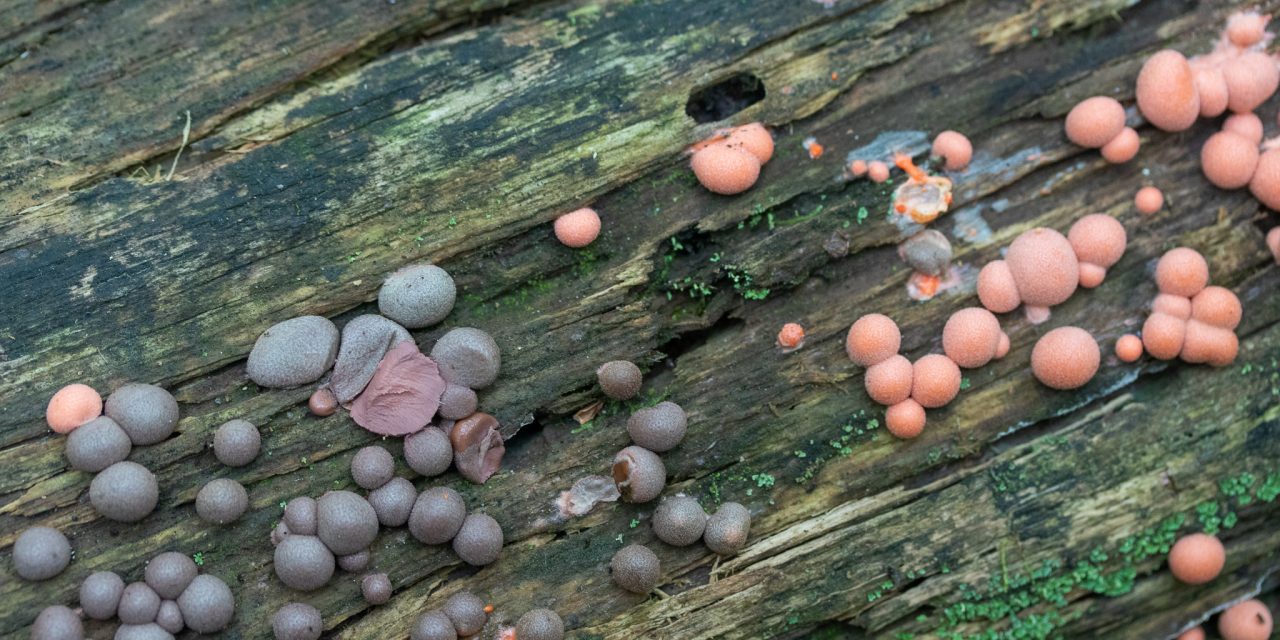
















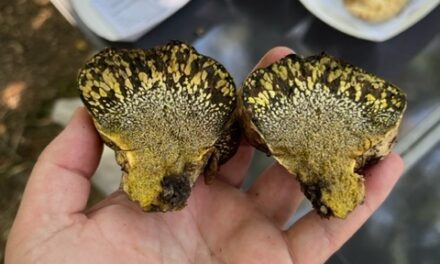

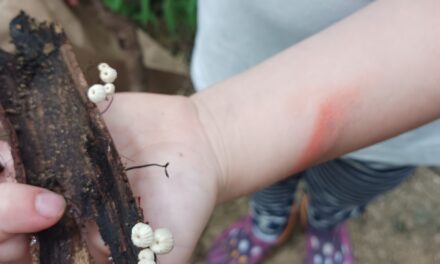
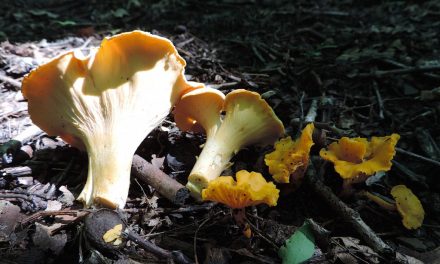

Recent Comments